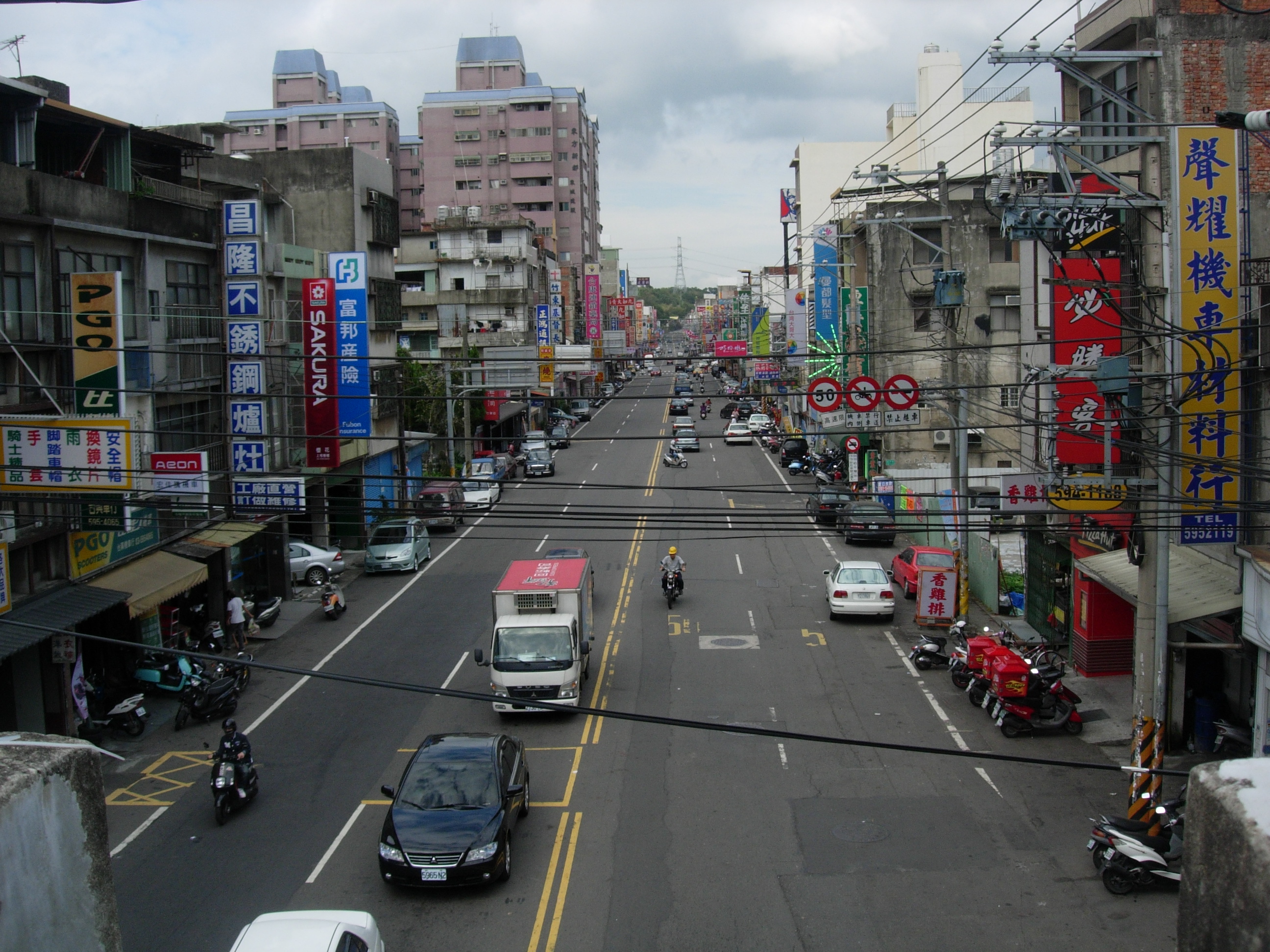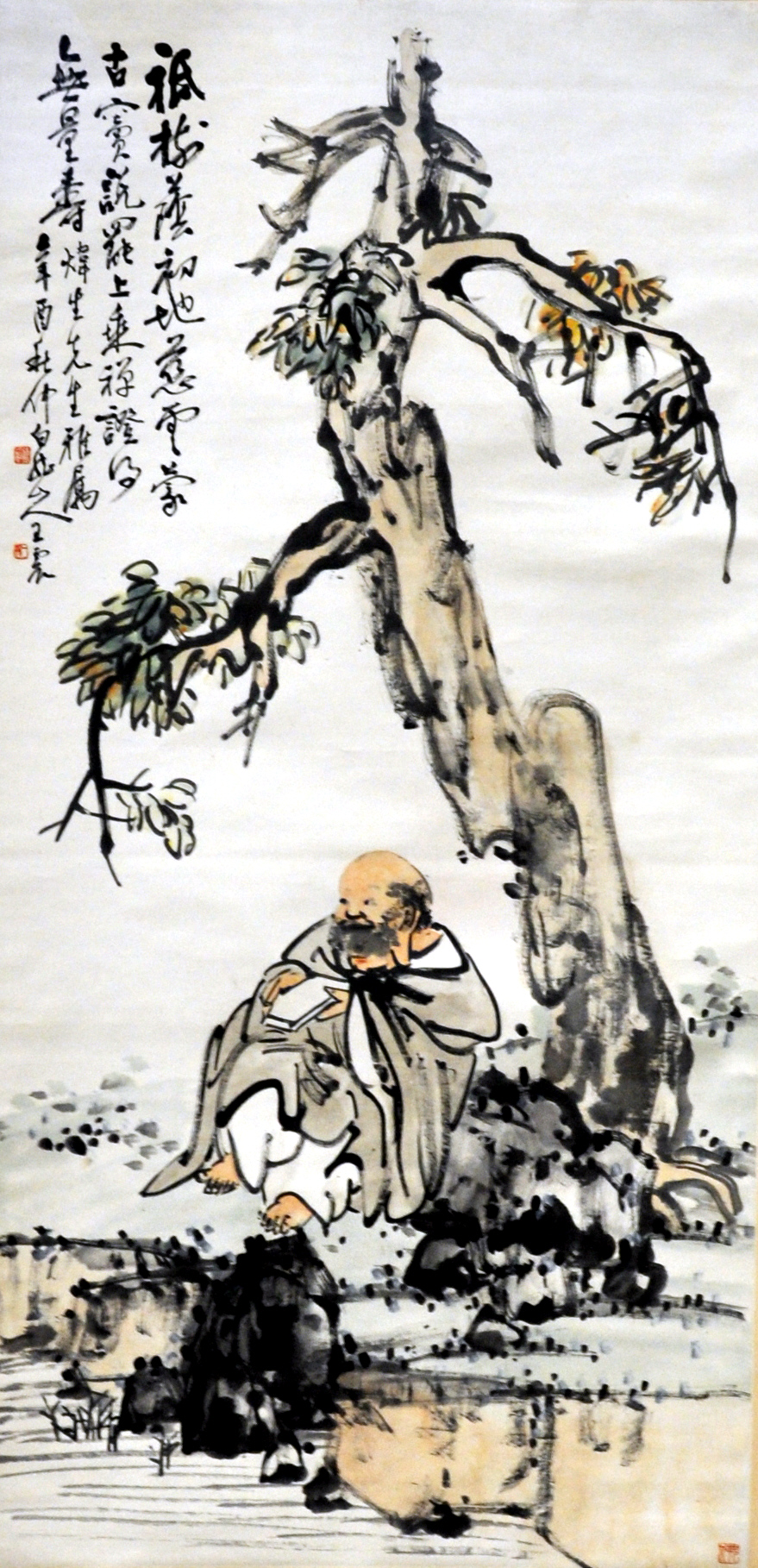|
Budai, Chiayi
Budai Township () is an urban township in Chiayi County, Taiwan. History Formerly known as ''Po-te-chhui'' (), it was the site where Japanese forces landed and completed the encirclement of Tainan during the Japanese invasion in 1895. Administrative divisions The township comprises 23 villages: Caipu, Cenhai, Daijiang, Fuxing, Guangfu, Guishe, HaomeiJiangshan, Jianlong, Jiulong, Kaoshi, Longjiang, Shulin, Tungan, Tunggang, Xian, Xincen, Xincuo, Xingzhong, Xinmin, Yongan, Zhenliao, and Zhongan. Economy Its industry is mainly made up of fishery. Tourist attractions * Haomeiliao Wetland * High-Heel Wedding Church Transportation * Budai Harbor Notable natives * Chai Trong-rong, member of Legislative Yuan The Legislative Yuan is the unicameral legislature of the Republic of China (Taiwan) located in Taipei. The Legislative Yuan is composed of 113 members, who are directly elected for 4-year terms by people of the Taiwan Area through a parallel ... (1993–1996, 1997– ... [...More Info...] [...Related Items...] OR: [Wikipedia] [Google] [Baidu] |
Township (Taiwan)
Townships are the third-level administrative subdivisions of counties of the Republic of China (Taiwan), along with county-administered cities. After World War II, the townships were established from the following conversions on the Japanese administrative divisions: Although local laws do not enforce strict standards for classifying them, generally urban townships have a larger population and more business and industry than rural townships, but not to the extent of county-administered cities. Under townships, there is still the village as the fourth or basic level of administration. As of 2022, there are totally 184 townships, including 38 urban townships, 122 rural townships and 24 mountain indigenous townships. 174 townships with 35 urban and 118 rural townships are located in Taiwan Province and 10 townships with 3 urban and 4 rural townships are located in Fujian Province. Penghu and Lienchiang are the only two counties that do not have urban townships. Statist ... [...More Info...] [...Related Items...] OR: [Wikipedia] [Google] [Baidu] |
Taiwan
Taiwan, officially the Republic of China (ROC), is a country in East Asia, at the junction of the East and South China Seas in the northwestern Pacific Ocean, with the People's Republic of China (PRC) to the northwest, Japan to the northeast, and the Philippines to the south. The territories controlled by the ROC consist of 168 islands, with a combined area of . The main island of Taiwan, also known as ''Formosa'', has an area of , with mountain ranges dominating the eastern two-thirds and plains in the western third, where its highly urbanised population is concentrated. The capital, Taipei, forms along with New Taipei City and Keelung the largest metropolitan area of Taiwan. Other major cities include Taoyuan, Taichung, Tainan, and Kaohsiung. With around 23.9 million inhabitants, Taiwan is among the most densely populated countries in the world. Taiwan has been settled for at least 25,000 years. Ancestors of Taiwanese indigenous peoples settled the island a ... [...More Info...] [...Related Items...] OR: [Wikipedia] [Google] [Baidu] |
Taiwan Province
Taiwan Province (; PFS: ''Thòi-vàn-sén'' or ''Thòi-vân-sén'') is a nominal administrative division of the Republic of China (ROC). Its definition has remained part of the Constitution of the Republic of China, but the province is no longer considered to have any administrative function practically. Taiwan Province covers approximately 69% of the island of Taiwan, and comprises around 31% of the total population. The province initially covered the entire island of Taiwan (Formosa), Penghu (the Pescadores), Orchid Island, Green Island, Xiaoliuqiu Island, and their surrounding islands. Between 1967 and 2014, six special municipalities ( Kaohsiung, New Taipei, Taichung, Tainan, Taipei and Taoyuan) were split off from the province, all in the most populous regions. Taiwan was initially made a prefecture of Fujian Province by the Qing dynasty of China after its conquest of the Kingdom of Tungning in 1683. Following the French offensive in northern Taiwan during th ... [...More Info...] [...Related Items...] OR: [Wikipedia] [Google] [Baidu] |
Chiayi County
Chiayi County (Mandarin pinyin: ''jiā yì xiàn''; Hokkien POJ: ''Ka-gī-koān'') is a county in southwestern Taiwan surrounding but not including Chiayi City. It is the sixth largest county in Taiwan. Name The former Chinese placename was Tsu-lo-san (), a representation of the original Formosan-language name ''Tirosen''. A shortened version, Tsulo, was then used to name Tsulo County, which originally covered the underdeveloped northern two-thirds of the island. In 1704, the county seat was moved to Tsulosan, the site of modern-day Chiayi City. Following the 1723 Zhu Yigui rebellion, the county was reduced in size. In 1787, the county and city were renamed ''Chiayi'' (; ) by the Qianlong Emperor to acknowledge the citizens' loyalty during the Lin Shuangwen rebellion. History Qing dynasty Chiayi County was originally part of Zhuluo County during the Qing dynasty. It was given its modern name by the Qianlong Emperor after the Lin Shuangwen rebellion in 1788 for its ... [...More Info...] [...Related Items...] OR: [Wikipedia] [Google] [Baidu] |
Cai Kun-bin
Cai or CAI may refer to: Places * Cai (state), a state in ancient China * Caí River, Rio Grande do Sul, Brazil * Cái River, Vietnam * Cairo International Airport (IATA airport code) * Caithness, a historic county in Scotland (Chapman code) Organisations * Canadian Airlines International, a defunct Canadian airline * Capitol Archaeological Institute, an American archaeological research and education institute part of The George Washington University * Central Asia Institute, a non-profit organization that promotes education in Central Asia * Chartered Accountants Ireland, Ireland's largest accountancy body * Christian Assemblies International, an Australian-based charity organisation and religious group * Club Alpino Italiano, the Italian alpine club * Coleraine Academical Institution, a school in Northern Ireland * College of Anaesthesiologists of Ireland, a medical training body in Ireland * Community Associations Institute, an influential trade association and special interes ... [...More Info...] [...Related Items...] OR: [Wikipedia] [Google] [Baidu] |
Tainan
Tainan (), officially Tainan City, is a special municipality in southern Taiwan facing the Taiwan Strait on its western coast. Tainan is the oldest city on the island and also commonly known as the "Capital City" for its over 200 years of history as the capital of Taiwan under Koxinga and later Qing rule. Tainan's complex history of comebacks, redefinitions and renewals inspired its popular nickname "the Phoenix City". Tainan is classified as a "Sufficiency" level global city by the Globalization and World Cities Research Network. As Taiwan's oldest urban area, Tainan was initially established by the Dutch East India Company (VOC) as a ruling and trading base called Fort Zeelandia during the period of Dutch rule on the island. After Dutch colonists were defeated by Koxinga in 1661, Tainan remained as the capital of the Tungning Kingdom until 1683 and afterwards the capital of Taiwan Prefecture under Qing Dynasty rule until 1887, when the new provincial capital was fir ... [...More Info...] [...Related Items...] OR: [Wikipedia] [Google] [Baidu] |
Japanese Invasion Of Taiwan (1895)
The Japanese invasion of Taiwan (; ) (May–October 1895) was a conflict between the Empire of Japan and the armed forces of the short-lived Republic of Formosa following the Qing dynasty's cession of Taiwan to Japan in April 1895 at the end of the First Sino-Japanese War. The Japanese sought to take control of their new possession, while the Republican forces fought to resist Japanese occupation. The Japanese landed near Keelung on the northern coast of Taiwan on 29 May 1895, and in a five-month campaign swept southwards to Tainan. Although their advance was slowed by guerrilla activity, the Japanese defeated the Formosan forces (a mixture of regular Chinese units and local Hakka militias) whenever they attempted to make a stand. The Japanese victory at Baguashan on 27 August, the largest battle ever fought on Taiwanese soil, doomed the Formosan resistance to an early defeat. The fall of Tainan on 21 October ended organised resistance to Japanese occupation, and inaugurat ... [...More Info...] [...Related Items...] OR: [Wikipedia] [Google] [Baidu] |
Haomeiliao Wetland
The Haomeiliao Wetland () is a wetland in Budai Township, Chiayi County, Taiwan. History The wetland was declared a nature reserve in 1985 by the Construction and Planning Agency of the Ministry of the Interior. In 1987, a large portion of mangroves were cut down and the remaining have slowly died due to land subsidence. In 1998, the Executive Yuan designated the wetland to be a natural reserve area. Geography The wetland is located at Longgong Estuary and it spreads across 959 hectares of area. See also * Geography of Taiwan Taiwan, officially the Republic of China (ROC), is an island country located in East Asia. The main island of Taiwan, formerly known in the Western political circles, press and literature as Formosa, makes up 99% of the land area of the territori ... References Landforms of Chiayi County Tourist attractions in Chiayi County Wetlands of Taiwan {{Taiwan-geo-stub ... [...More Info...] [...Related Items...] OR: [Wikipedia] [Google] [Baidu] |
CPAMI
The Construction and Planning Agency of Minister of the Interior (CPAMI; ) is a government agency responsible for construction and building codes, urban planning, public housing, local infrastructure, land use and management in the Republic of China (Taiwan). The current Director General is Mr. Yeh Shih-Wen. History It was established on 2 March 1981 as an administrative agency of the Ministry of the Interior. On 1 July 1999 in a government reform, the agency was amalgamated with some offices from Taiwan Provincial Government. Structure The agency is grouped into the following divisions and offices. Divisions * Planning, Urban Planning * Public Housing * National Parks * Building Administration * Public Works * Building Engineering * Road Engineering * Environmental Engineering * Construction * Planning Administration * Management Administration * Land Administration * Finance Administration Offices *Secretariat *Accounting *Civil Service Ethics *Personnel Transportation The ... [...More Info...] [...Related Items...] OR: [Wikipedia] [Google] [Baidu] |
High-Heel Wedding Church
The High-Heel Wedding Church () is a high-heel-shaped building in Budai Township, Chiayi County, Taiwan. It is managed by Southwest Coast National Scenic Area Administration. History The construction was completed on 10 January 2016 and was opened for trial in February 2016. It was officially opened on 23 July 2016. Later in the same year, the church received the Guinness World Records certification as the world's largest high-heel shoe-shaped structure. In 2017, the Tourism Bureau planned to upgrade the facilities around the church and launch a series of promotion for the church. Architecture The building is shaped like a high-heel shoe 17.76 meters in height, 11.91 meters in width, and 25.16 meters in length. It is composed of over 300 pieces of blue-tinted glass. Events The place is famous for its use as a wedding venue. Though colloquially referred to as a 'church', the building is not consecrated and has no religious function. See also * List of tourist attractions ... [...More Info...] [...Related Items...] OR: [Wikipedia] [Google] [Baidu] |
Budai Harbor
Budai ( zh, c=布袋, p=Bùdài; ko, 포대, Podae; ja, 布袋, Hotei; vi, Bố Đại) was a Chinese monk who is often identified with and venerated as Maitreya Buddha in Chan Buddhism. With the spread of Chan Buddhism, he also came to be venerated in Vietnam, Korea, and Japan. He is said to have lived around the 10th century CE in the Wuyue kingdom. His name literally means "cloth sack", and refers to the bag that he is conventionally depicted as carrying as he wanders aimlessly. His jolly nature, humorous personality, and eccentric lifestyle distinguish him from most Buddhist masters or figures. He is almost always shown smiling or laughing, hence his nickname in Chinese, the "Laughing Buddha". As he is traditionally depicted as overweight and many stories surrounding Budai involve his love of food and drink, he is also referred to as the "Fat Buddha", especially in the Western world. The main textual evidence pointing to Budai resides in a collection of Chan Buddhist ... [...More Info...] [...Related Items...] OR: [Wikipedia] [Google] [Baidu] |




